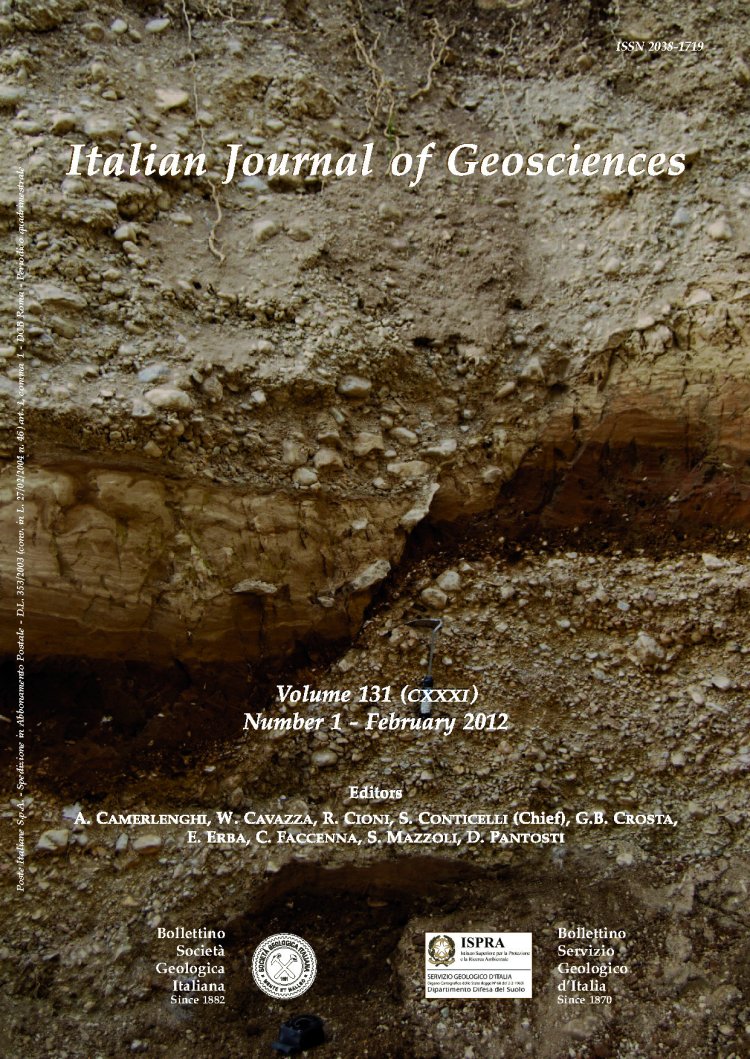
The volcano-tectonic map of Etna volcano, 1:100.000 scale: an integrated approach based on a morphotectonic analysis from high-resolution DEM constrained by geologic, active faulting and seismotectonic data
Raffaele Azzaro(*), Stefano Branca(*), Klaus Gwinner(**) & Mauro Coltelli(*)
(*) Istituto Nazionale di Geofisica e Vulcanologia, Osservatorio Etneo, sezione di Catania, Piazza Roma, 2 - 95125 Catania, Italy. E-mail: azzaro@ct.ingv.it
(**) German Aerospace Center (DLR), Institute of Planetary Research, Rutherfordstrasse 2, D-12489 Berlin, Germany.
Volume: 131 (2012) f.1
Pages: 153-170
Abstract
A new volcano-tectonic map of Etna volcano has been compiled through a morphotectonic analysis performed with detailed field mapping, high-resolution DEM and orthoimages, constrained by seismotectonic data. In this study, we present a homogeneous mapping of the volcano-tectonic and tectonic elements on the whole volcano, consistent with the updated knowledge on the geology and active tectonics observed in historical times. Details of the tectonic features occurring in the lower-middle part of the volcanic edifice, namely the more densely urbanized areas, are described; volcanic elements such as eruptive fissures, caldera and flank collapse rims affecting the upper sectors, are also reported. All the volcanic landforms of Etna edifice have been generated by constructive and destructive volcanic processes largely during the last 15 ka activity of Mongibello volcano. DEM-derived images (e.g. slope and aspect maps) were produced and interpreted in order to identify faultrelated surface features based on an explicit list of well-known elements of tectonic geomorphology. Subsequently, the morphotectonic mapping has been compared with field data on geologic marker offsets, as well as evidence of surface faulting, including coseismic displacements and creeping of historical and recent events. This combined approach has enabled classifying each element reported in the map as (i) exposed faults, (ii) buried faults and (iii) hidden faults. The analysis of slip-rates confirms the exceptional dynamics of the Pernicana fault, which is characterised by an almost constant slip-rate of 20-36 mm/a over the last 1000 years, while the Timpe fault zone and the structural system in the southern flank accommodate a relevant amount of deformation with slip-rates reported to range of ca. 2-4 mm/a. Finally, a seismotectonic model summarises
the information regarding seismic hazard, with reference to the additional, potentially severe effects induced by surface faulting.
Keywords
Etna, DEM, digital photogrammetry, morphotectonics, volcano-tectonic landforms, active tectonics, seismotectonic model.
Get Full Text Attached